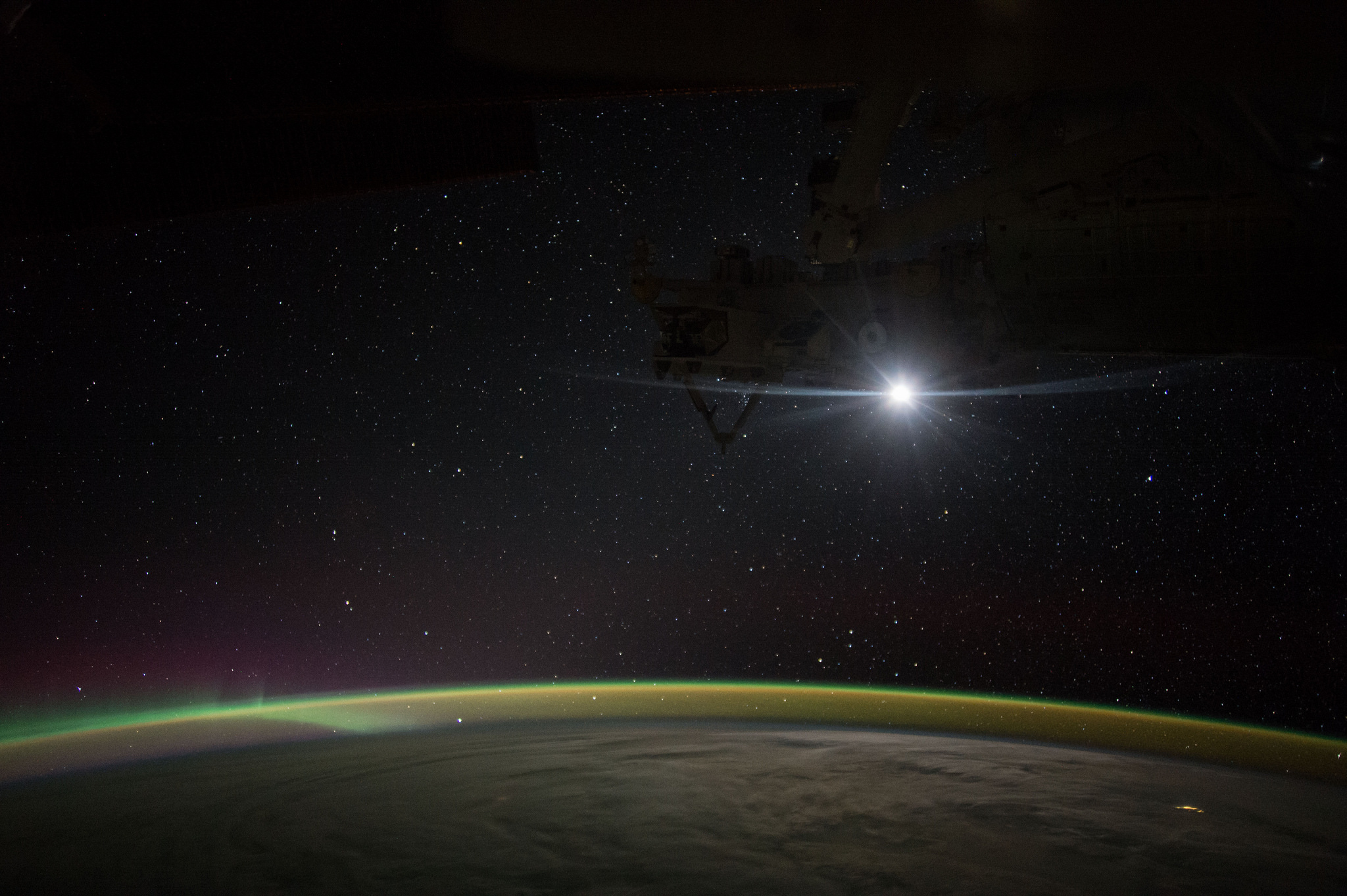A Potential Global Warming Solution Might Also Block Starlight

For decades, scientists have theorized that pumping aerosols into the stratosphere could counteract the warming effects of greenhouse gases in the atmosphere. It sounds crazy, right? How could pumping more pollution into the air fix a pollution problem?
But the idea has merit. Reflective aerosols scatter sunlight trying to reach the Earth, cooling the atmosphere. Scientists believe that the right aerosol, in the right quantities, distributed into the right place in the stratosphere could cool the planet enough to not just stop but reverse the warming effect of greenhouse gases.
"This solution is fast, cheap and can nearly be done with today's technology," says atmospheric physicist Charlie Zender of the University of California, Irvine. And that begs the question, he says. "Is the cost of not intervening worse than the possible negative impact of intervening?"
The theory was most-recently tested when Mount Pinatubo erupted in 1991 in the Philippines, spewing 17 megatons of sulfur-containing aerosols into the atmosphere. The disbursement of the reflective aerosol into the lower stratosphere had a noticeable effect on climate. According to the USGS, there was a "hemispheric-wide reduction in net radiation of 4 watts per square meter and a cooling of perhaps as large as -0.4°C over large parts of the Earth in 1992-93." This hard-to-replicate, naturally occurring experiment gave credence to the idea.
RELATED: Global Sea Level Rise Hidden by Volcano
But it's a complex problem — with potentially dire consequences — that requires rigorous study. So scientists have been studying every possible outcome. They've looked at precipitation, temperature and anything else that might be a benefit or hazard. Doing tests in the real world is nearly impossible, so they have to employ computer models.
Zender recently investigated the impact of this solution on the brightness of the night sky. He created a computer model — called NiteLite — that simulates the amount of light in the sky as seen from Earth's surface. Surprisingly, increasing the reflective aerosols in the stratosphere made the sky brighter at night.
Get the Space.com Newsletter
Breaking space news, the latest updates on rocket launches, skywatching events and more!
The aerosols wouldn't only reflect sunlight away from the Earth, they would reflect and scatter the light we create on the ground — brightening the night.
"You can expect — with a fair degree of confidence — that it would increase visible light at night by 25 percent in regions where people live," explains Zender. And that is enough to make it difficult for people living in urban areas to see the stars.
That might seem like a small sacrifice compared to threats levied against the planet from climate change. But we don't fully understand all the effects light has on Earth's ecosystems.
"This illustrates that we need to consider in advance all the potential impacts," says Zender. "And ecosystem dynamics are strongly affected by the amount of available light — even at night."
One adorable example we know of is baby sea turtles: They get confused by scattered light at night because they find the ocean — when they hatch — by looking for darkness.
"We need to consider all the scenarios we can," says Zender. "Before policy makers can make informed decisions."
Next up? Zender plans to study what happens if aerosols are injected into the stratosphere but restricted to certain regions like the poles. He also plans to run models using different compositions of aerosols.
Originally published on Seeker.
Join our Space Forums to keep talking space on the latest missions, night sky and more! And if you have a news tip, correction or comment, let us know at: community@space.com.












